Photographing wildlife in its natural habitat is a challenge. It requires substantial research, preparation, patience, and a little bit of luck. For those that are reluctant to put in the groundwork, photographing wildlife in a hide is a lucrative opportunity to capture the shot.
With the advancements in digital photography, commercial hides have become a rapidly-growing sector of the tourism industry. Increasing numbers of photography enthusiasts and professionals alike use commercial hides to obtain images of a species that would otherwise be difficult to capture.
However, as this industry grows, so do the number of ethically-questionable providers. What are the pros and cons of photographing wildlife in a hide? How do you choose a photography hide provider? In this article, we take an in-depth look at the business of wildlife photography hides.
Read also: How Ethical is Wildlife Photography?
What are Photography Hides?
Benefits of Photographing Wildlife in a Hide
Photographing in a hide can prove beneficial to both the photographer and wildlife in question. Primarily, a hide enables photographing an animal in its natural habitat. This directs creatives away from enclosures – such as roadside zoos – and reduces demand for captive wildlife photography. Besides shielding the photographer, hides also mask the individual’s smell and sound. Hence, the risk of being detected is reduced. As the photographer keeps a safe distance from the subject, wildlife generally remains undisturbed and can go about its normal routine. To summarize:
- Permanent hides that are integrated into the surrounding provide less visual disturbance and presumed threats for wildlife
- Placement of hides in specific locations can allow conservation area managers to control visitor access and movement
- Photography hides allow wildlife to be viewed without being disrupted or unnecessarily disturbed
- Wildlife photography hides facilitate photographing animals in their natural habitat and thereby reduce the demand for captive animal photography
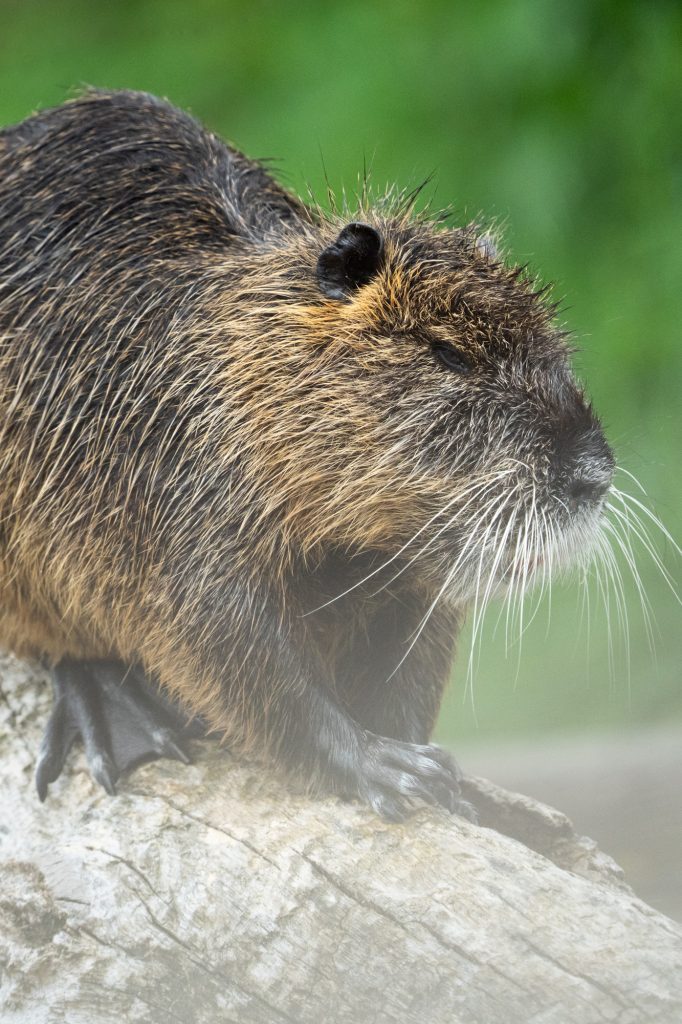
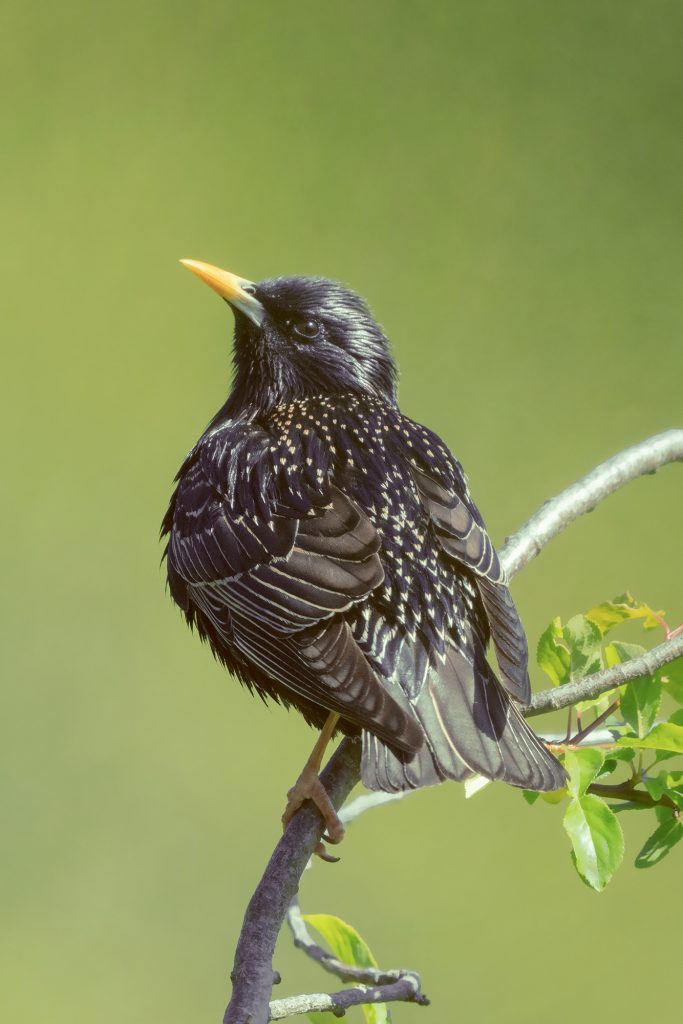
Risks of Photographing Wildlife in a Hide
1. Live Baiting
This type of baiting involves leaving a live animal in situ for a prey animal to take. Live baiting is a highly unethical practice, as it intentionally causes the death of a living creature. Not only is this baiting technique morally questionable, it is a dishonest and inauthentic form of photography. For this reason, live baited photographs are banned from all major photography competitions. Live baiting not only guarantees the death of the bait. It may also put the prey animal in harm’s way, e.g. if the bait is placed in a glass container or similar, as is often the case when photographing Kingfishers.
2. Carcasses
Leaving out carcasses not only creates territorial conflicts. It may also increase competition among species that would normally avoid each other, such as wolves and bears. Besides competition, contact between animal species may cause the spread of diseases and dependency on an artificial food source. In the long-term, baiting with carcasses may significantly change the animal’s behavior, travel and hunting habits. On a different note, some photography hides operate in collaboration with hunters. Thus, by paying for a photography hide, you may indirectly be financing the hunting of distinct animal species in the area.
3. Attractants
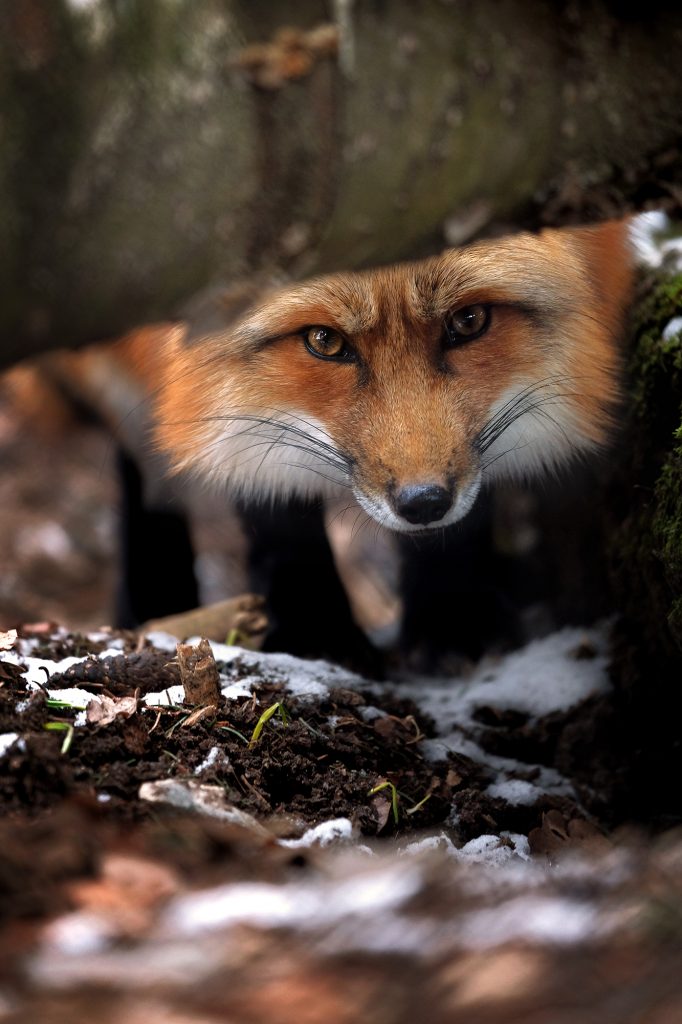

How to Choose a Photography Hide
A good photography hide enables the photographer to capture the essence of a wild animal authentically, without affecting its behavior and natural surroundings. Therefore, it is of utmost importance to do your research prior to selecting a hide provider. Several questions to ask when selecting an ethical photography hide are:
- Does the hide operator have a code of ethics?
- What are the baiting policies of the photography hide provider?
- Is the provider transparent about how they are locating wildlife in the area?
- Are the photography hides being used to support purposes other than wildlife photography (such as hunting)?
- Is the photography hide operator connected to any other industries that you may not feel comfortable supporting?
- How are wild animals being conserved in the area/region?
- What rules and restrictions are being implemented for hide photographers and visitors (e.g. no talking policy, use of lighting devices, restrictions leaving the hide, no feeding rule, no smoking policy, etc.)
Some of these questions may be difficult to answer. In case of the latter, it is helpful to contact a fellow photographer that has been to the hide for honest feedback. Speaking to the hide operator may also be helpful to attain answers.
Read also: 20 Ways to Photograph Wildlife Ethically
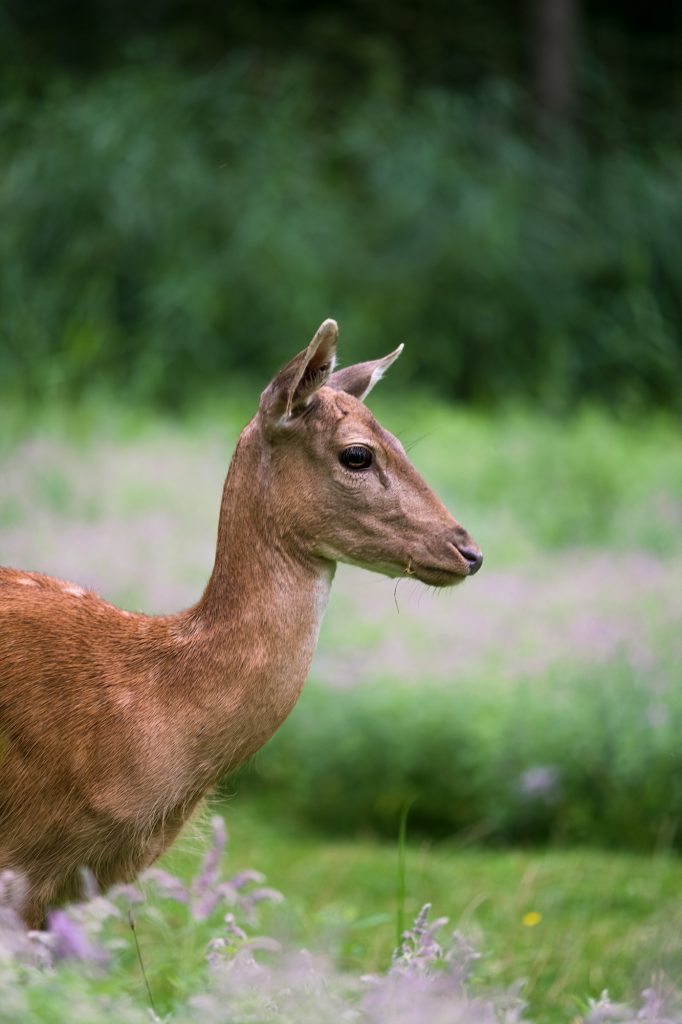
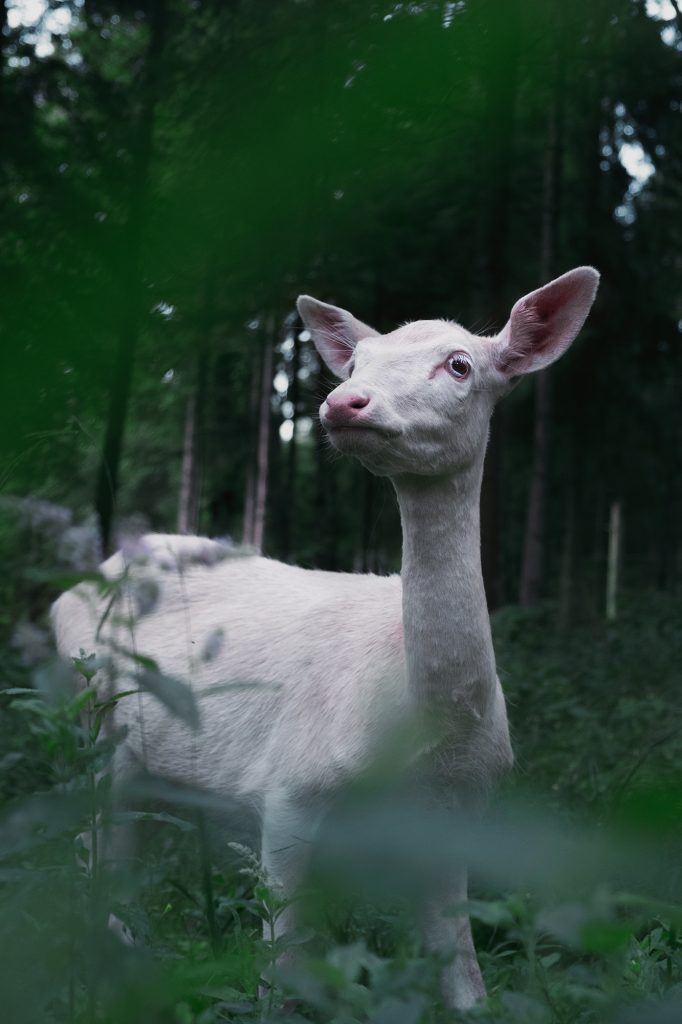
Summary
Photography hides have significant benefits and drawbacks. On one hand, they allow close wildlife encounters in the animal’s natural habitat and the creation of stunning images. On the other hand, varying ethical and moral codes are practiced among wildlife photography hide providers. Hence, when selecting a wildlife photography hide service, the key to a great experience is researching the operations behind it. This will not only ensure great photographs. It will also raise the value of your images through their ethical creation.
